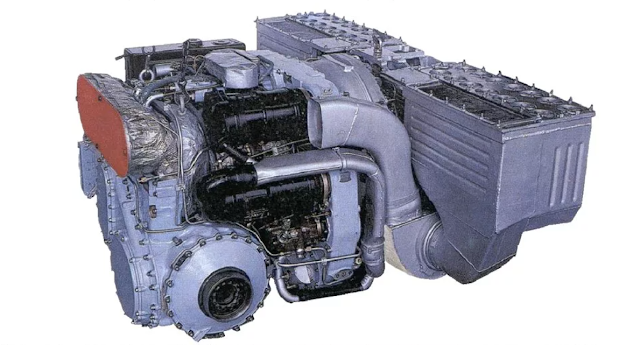Guided artillery ammunition: "Krasnopol"
The "Krasnopol" weapon systems are intended to engage stationary targets such as MBTs and IFVs. Additionally, mobile targets moving under 36km/h can be targetted. "Krasnopol" weapon system consists of: a shell charge, main guided projectile ("Krasnopol"), laser designator rangefinder units 1D20,1D22 or 1D26, in certain cases the system can be interconnected with an R-159M radio station and a 1A35M synchronisation unit.
This weapon system does not require re-equipment of fire positions and command-observation posts. Meteorological and topographic/geolocation data is not necessary when deploying the "Krasnopol".
"Krasnopol" exists in several variants, and is supported by a large variety of artillery systems.
"Krasnopol"
The "Krasnopol" guided projectile is dust-, moisture- and splash-proof. To protect the optics of the homing head from contamination and damage, the projectile is fitted with a nose fairing that separates in flight.
The projectile is easy to
stow in the fighting compartments of self-propelled artillery. To stow the projectile in the standard
ammunition rack, the shell assembly is made up of two sections:
the projectile section comprising of a
warhead, a booster, fin assembly; and the control section, including an autopilot unit, a homing head
and a nose fairing. Both sections are connected before firing with the help of a
quick-connect joint.
Shell characteristics:
 |
| "Krasnopol" |
 |
| 1D22 laser-targeting/rangefinding unit |
"Krasnopol-M1"
The "Krasnopol-M1" guided projectile has similar dimensions and weight as a standard (unguided) projectile, which allows it to be stored in racks of artillery munition compartments without its disassembly into sections (as in the case of the "Krasnopol" projectile). This has become possible due to the development of a semi-active laser homing head, a yaw gyroscope and control equipment with dimensions considerably smaller than the homing head and the control equipment of the "Krasnopol" guided projectile. Furthermore, the "Krasnopol-M1" projectile mounts a tail gas generator to replace the booster motor installed on the 1st iteration projectile, which reduces the projectile length. The Krasnopol-M1 projectile is guided to a target lock-on zone along flatter trajectories, which reduces the requirements for cloud height.
Shell characteristics:
 |
| "Kransopol-M1" |
"Krasnopol-M2"
The "Krasnopol-M2" guided artillery round was a further development of the previous round iteration focusing on easing the preparation process, improving overall performance against targets, on par range performance as conventional rounds, improved stability in harsh weather situations (wind, rain, clouds, fog, night) and the integration of a fully automated FCS.
With such improvements made, the "Krasnopol-M2" offered several new features:
- No round preparation before firing, does not require assembly
- New flexible (override) cyclogram (chronological script) matrix for controlling onboard electronic modules
- Automated FCS for programming the cyclogram with a flight path
- The explosive charge holds almost double the weight of explosives compared to 1st iteration round (6,3kg K155 - 11,0kg K155M)
 |
| Automated flight path programming for K155M 1; Contact device, 2; K155M round, 3; FCS "Malachit" commanders control unit |
Automated data input reduces the chance of data errors being manually written into the flight path by an operator, primarily in real combat scenarios. In the case of an error during the automated data input, the trajectory and path of the round can be correct post-launch using the "Malachit FCS". The data override is done through a contact device that connects to the nose of the shell. Guidance information is written onto the onboard computing modules using the "Malachit" FCS. Compared to the 1st iteration K155, K155M can enable additional onboard modules mid-flight for improving stability, modules such as additional power units, gyroscope, deployment of control fins. Due to a more refined control procedure, the round achieves greater ranges than K155 by around 1,2x-1,3x.
"Krasnopol-M2" mobile control system consists of:
- K155M guided artillery round
- "Malachit" FCS
- Laser rangefinder designator LCD-3M1 with thermal imaging sight
- 1PN79M thermal imaging sight
- Commanders control unit with antenna and GLONASS/GPS system
- Communication array
- Integration elements with SPH
- ИжМаш. Боевое оружие. 2007г - "Izh (Kalashnikov Group) Combat Weapons 2007"
- Военный Парад 01 2009 - "Military Parade 01 2009"
- Военный Парад 2001-2002, Оружия России - "Military Parade 2001-2002, Russia's Wepaons"









Comments
Post a Comment